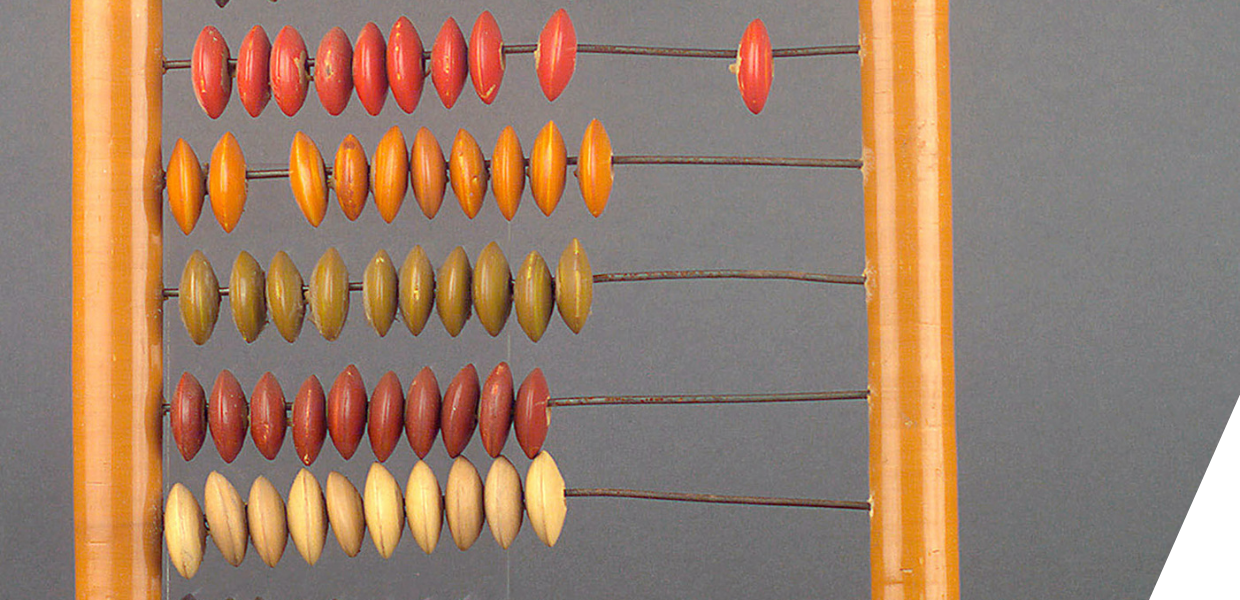Why use the Tool?
You benefit
The ENUMERATE Self Assessment Tool provides you with immediate resources and tips based on your responses. After filling out the questions, you will get a series of recommendations of helpful tools and resources based on your answers, for example, on how to create more impact for target audiences, how to develop a digital strategy or to support the digital transformation or capacity of your organisation.
Once the ENUMERATE results have been analysed in summer 2022, the Self Assessment Tool will produce a benchmarking visualisation which can be viewed upon return to the platform. It will show you how your organisation’s results compare to others of a similar size, in a similar sector, or in the same country—information which you can use to support strategies, project proposals and reports. When circumstances change, you will also be able to submit a new response to the questions and track progress over time.
The sector benefits
Using the tool will also help Europeana, the European Commission and European policy-makers to gain important insights into the issues faced by the cultural sector in Europe and how organisations can best be supported. It helps to design sector-specific performance indicators and targets for the cultural heritage sector. The more responses we get, the more detailed an insight we have and, the better we can support you in the future.
Hands-on help
In the coming weeks, Europeana will be hosting three ‘Cafés’ where we will introduce the Tool and can help answer your questions about completing the questions. Register for these events to be held on 9 June, 15 June and 23 June 2022.
We’ll help you navigate the Tool’s sections about: networks and audience; audience reach and participation; physical and digital collections; digitisation and digital strategy; standards; finances and staffing; and Europeana. If you have any questions about the Tool, you can also email enumerate@europeana.eu for support!
How the tool was developed
The ENUMERATE Self Assessment tool was developed by the inDICEs project, which began in January 2020. The project aims to uncover the impact of digital culture and digitisation in the cultural heritage sector and to address the need for innovative (re)use of cultural assets. It has gathered data on activities and impact that cultural heritage institutions were not already measuring, and over the last two years, has highlighted how crucial it is to introduce and support more data-driven decision making in the cultural heritage sector. The project issued important policy briefs and resources regarding cultural heritage value chains, open access policies and data monitoring.
At the core of the Self Assessment Tool developed by the project is ENUMERATE, an initiative designed to create a reliable baseline of statistical data about digitisation, digital preservation, and online access to cultural heritage in Europe for policy-makers. The results of previous ENUMERATE surveys—fielded in 2011, 2014 and 2017—informed policy and strategic decisions into investment in digitisation throughout Europe, and provided valuable statistics on the status of digital in the cultural heritage sector for all those working in it to explore. The ENUMERATE Self Assessment Tool has been updated and enhanced with questions relating to social media, user participation and data monitoring practices, but also with suggestions of helpful resources for cultural heritage organisations.




